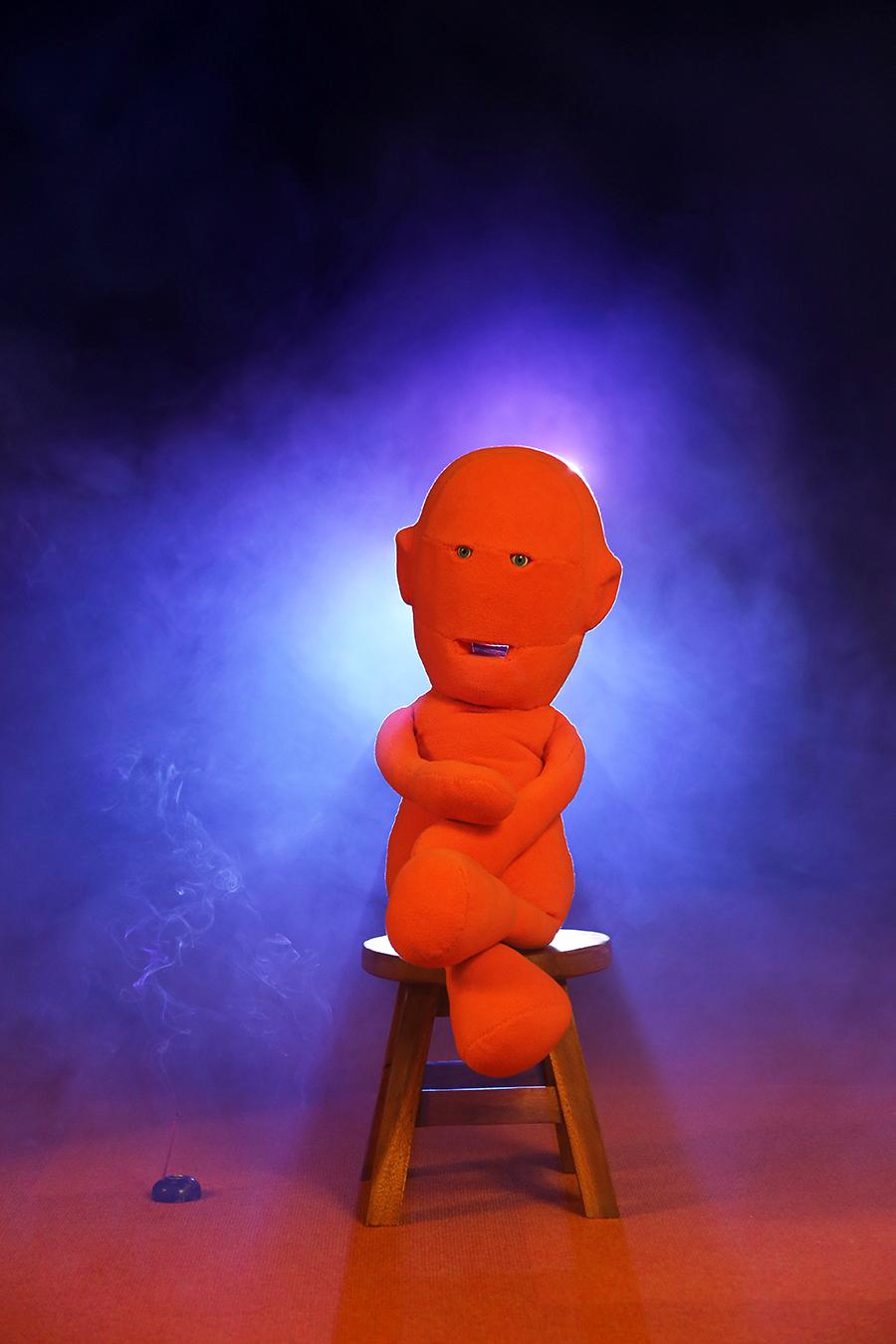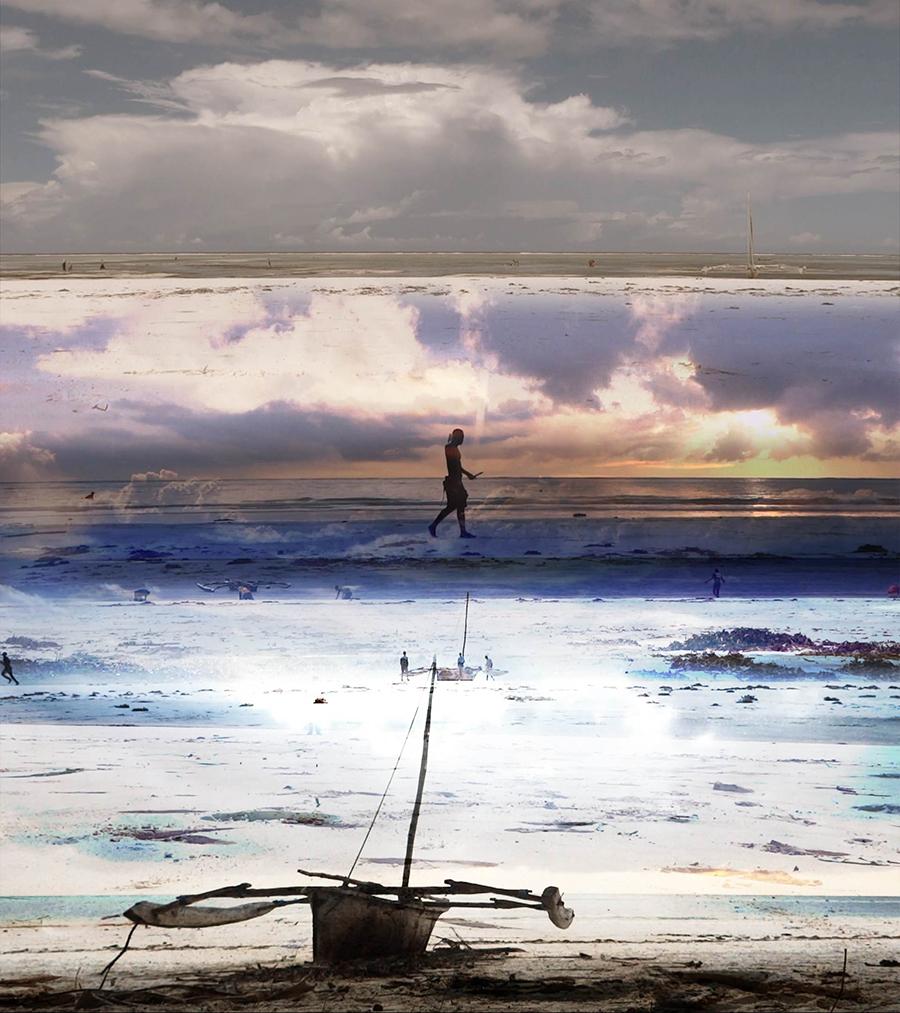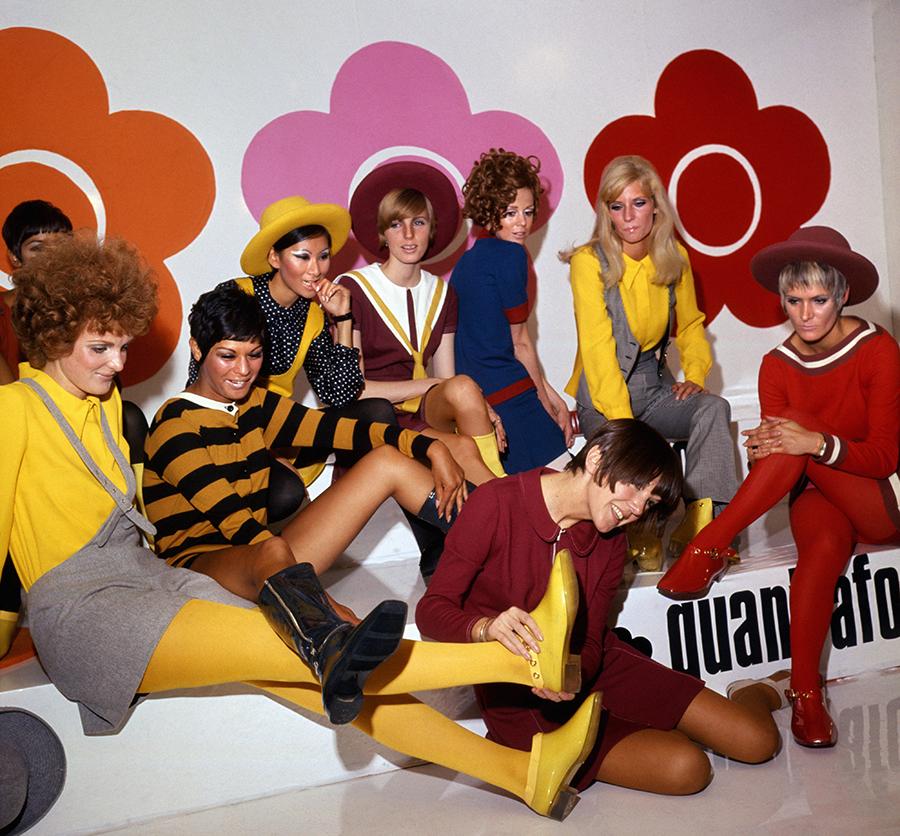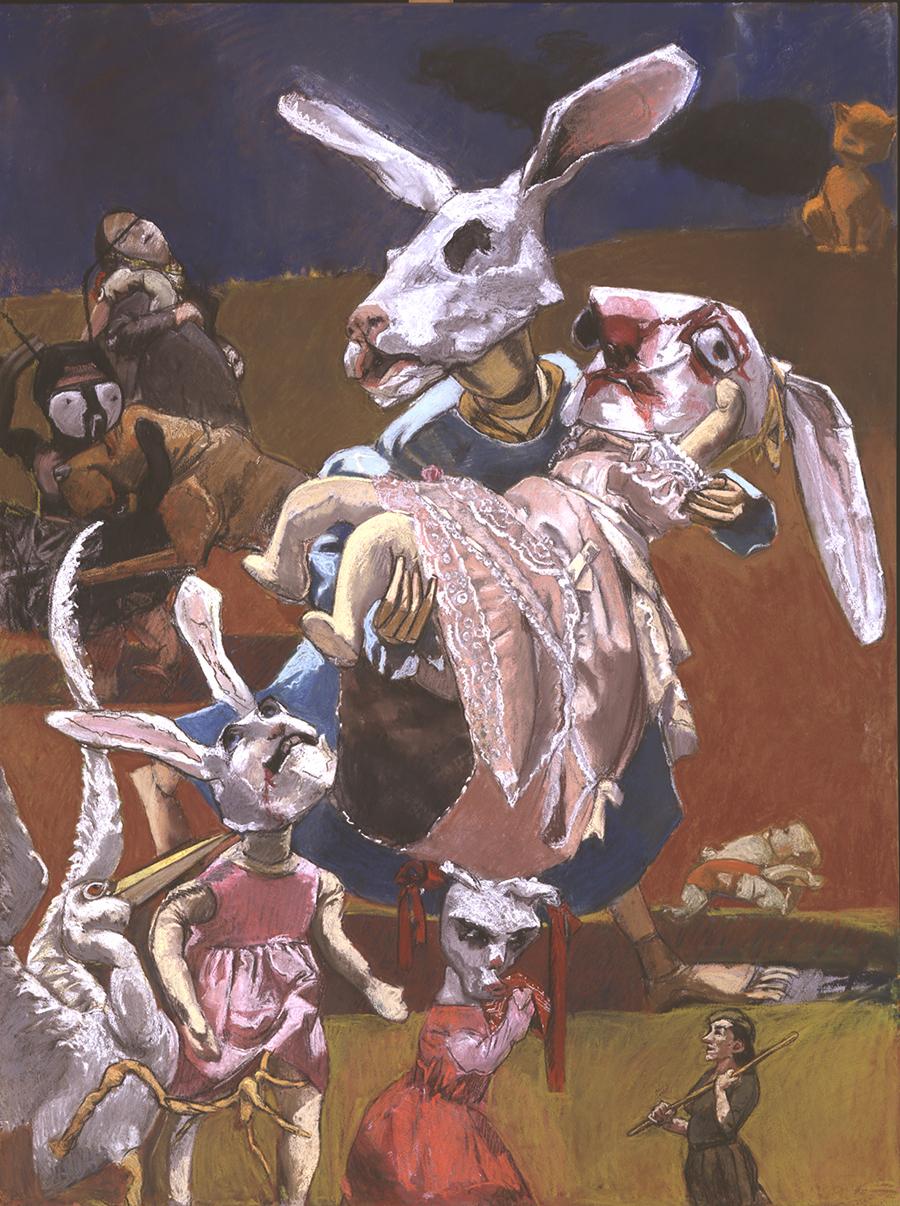On Our Radar: What to See When the UK and Ireland Reopen
From Lynette Yiadom-Boakye in London to Mary Quant in Dundee
From Lynette Yiadom-Boakye in London to Mary Quant in Dundee


Lynette Yiadom-Boakye at Tate Britain, London
‘Take the heat and the breadth and the air and the life and the longing and land it in your own back garden.’ Lynette Yiadom-Boakye’s ode to Glenn Ligon’s Warm Broad Glow (2005), published in frieze’s 200th issue, beautifully complements the distinctive quality of her own paintings, in which characters, often abstracted from a specific time and place, appear almost to move as you view them, leaving an indelible impression. Yiadom-Boakye’s first large-scale survey in the UK at London’s Tate Britain also marks the institution’s first ever solo show by a Black British woman. Bringing together more than 70 paintings from the artist’s decades-long career, dating back to her graduate show, this exhibition presents a comprehensive showcase of Yiadom-Boakye’s practice, revealing what led to her captivating methods of representation. The opening date for ‘Lynette Yiadom-Boakye: Fly in League with the Night’ at Tate Britain, London, is yet to be announced. The exhibition will run until 9 May 2021.

Heba Y. Amin at the Mosaic Rooms, London
‘How can communities living in the shadow of surveillance trust their surroundings?’, ask Heba Y. Amin and Anthony Downey in their recent column for frieze on drone warfare in the Middle East. ‘The sky has become a place from which subjects – often viewed as objects – are scrutinized, categorized and, in some cases, targeted for elimination as so-called enemy combatants.’ The same might be said of communication technologies, from internet censorship to violence matrices. Unpacking European delusions of grandeur and techno-utopian visions over the Mediterranean Sea, Amin’s first UK exhibition at The Mosaic Rooms, curated by Downey, spans performance, video and archival research, sparking a much-needed conversation about colonial claims of ownership and who is given access to information. The reopening date for ‘Heba Y. Amin: When I see the future, I close my eyes’ at The Mosaic Rooms, London, is yet to be announced. The exhibition will continue until 28 March 2021.

Eduardo Navarro at Gasworks, London
Eduardo Navarro’s works ‘impose an unusual choreography on the human body. Indeed, they might best be defined as forms of “treatment”’, observes Sarah Demeuse in this feature from 2017. Navarro asks for slow, consistent engagement with his action-based works, in which each individual gallery-goer has a part to play in one decentralized nervous system. For his first UK solo show, originally slated to open in April, Navarro intended to transform Gasworks gallery into a gigantic, interactive lung. However, the artist adapted the show from his Buenos Aires studio to conform to lockdown measures and, instead, presents a series of cosmic drawings that we are invited to interact with via a cuddly robot, Self-Doll (2020), who, fitted with a phone compartment, acts as the artist’s surrogate, with Navarro at the end of the line. The doll is also available to respond to questions on the Gasworks website. The reopening date for ‘Eduardo Navarro: (breathspace)’ at Gasworks, London, is yet to be announced. The show continues until 20 December.

Phoebe Boswell at New Art Exchange, Nottingham
‘We heal ourselves, and each other, by living and by speaking our truths out loud. It is only in this way that we can thrive, rather than merely survive,’ writes Rianna Jade Parker in her review of Phoebe Boswell’s first institutional exhibition at Autograph, London, in 2019. Boswell’s latest show at New Art Exchange in Nottingham develops her investigation into collective recovery and belonging. Presenting both new and existing works, ‘Here’ includes Boswell’s prize-winning immersive installation, Mutumia (2016), which combines hand-drawn, digital and animated elements with sound recordings, including gathered voices responding to Audre Lorde's provocations in 'The Transformation of Silence into Language and Action' (1977), excerpts from the B.I.G. Choir, essay readings by Kenyan authors Wambui Mwangi and Ndinda Kioko, and the names of the artist’s many sheroes. The reopening dates for ‘Phoebe Boswell: Here’ will be announced by New Art Exchange, Nottingham, later in the year.

Jimmy Robert at Nottingham Contemporary
In this profile from 2020, Matthew McLean asks Jimmy Robert why he lights up in the middle of his performance Joie Noire (2019) – a recording of which features in the artist’s current survey at Nottingham Contemporary – despite not being a regular smoker. ‘It’s a pause,’ Robert replies. ‘But people are paying attention because of the gesture. I mean, it’s smoke, it’s literally nothing. But you put it under a light and it appears.’ Across various media, Robert presents hypnotic gestures that persistently ask what it means to be seen. Referencing artists from Marcel Duchamp to Yvonne Rainer and Ian White, he reverse-engineers pioneering moments of visibility in a way that at once celebrates their formal and conceptual innovations, while also criticising their implication in white and/or heteronormative ways of seeing. The reopening date for ‘Jimmy Robert: Akimbo’ at Nottingham Contemporary is yet to be announced. The show will continue until 18 April 2021.

Mary Quant at V&A Dundee
‘Inciting a sense of refined disorder, of playful menace, the Bauhaus offered the building blocks of something new, liberating rather than didactic,’ writes Darran Anderson in this review from 2019. A pioneer in fashion design, Mary Quant relaunched the movement to 1950s Britain and was instrumental in inspiring a generation of young women to rebel against their parents by donning black tights and knee-skimming jersey fabrics. Though she is famous for popularizing the miniskirt, Quant was also pioneering in borrowing from men’s tailoring for her women’s trousers. For its first major fashion exhibition, V&A Dundee presents key designs from Quant’s portfolio alongside the stories of women who made outfits from her dressmaking patterns. The show also includes a film looking at contemporary female designers inspired by Quant.‘Mary Quant’ at V&A Dundee continues until 17 January 2021.

Paula Rego at the Irish Museum of Modern Art, Dublin
‘From the beginning of her career, Paula Rego’s art may be understood as shadow work,’ suggests Zoe Pilger in this 2019 review of the artist’s retrospective, ‘Obedience and Defiance’, now showing at the Irish Museum of Modern Art in Dublin. Quoting Carl Jung’s The Philosophical Tree (1945), Pilger highlights a key idea running through Rego’s practice: ‘One does not become enlightened by imagining figures of light, but by making the darkness conscious.’ From early paintings such as Salazar Vomiting the Homeland (1960), a visceral commentary on the repressive regime of Portugal’s fascist dictator, to more recent figurative paintings such as the ‘Abortion Series’ (1998–99), created in response to a failed referendum to legalize abortion, Rego has unwaveringly given voice to the silenced. The reopening date for ‘Paula Rego: Obedience and Defiance’ at the Irish Museum of Modern Art, Dublin, is yet to be announced. The show will continue until 3 January 2021.
Main image: Lynette Yiadom-Boakye, Complication, 2013, oil on canvas 2 x 2.5 m. Courtesy: © the artist























